1. Fredericksburg, Texas
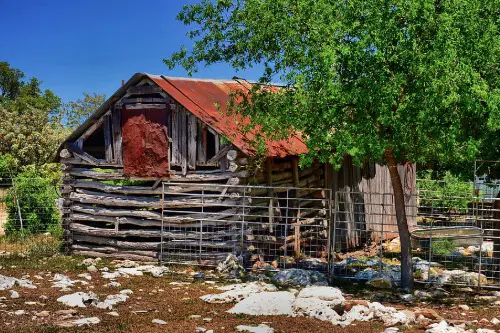
Fredericksburg leans hard into its German heritage and wine-country appeal, promising quaint boutiques and rustic B&Bs in the heart of the Texas Hill Country. What’s left off the brochure? A surprising number of wild hogs and deer that wander onto properties, sometimes crashing wine tastings or startling unsuspecting tourists. Locals are used to seeing roadkill and hearing gunshots during hunting season—not exactly the peaceful countryside vibe the ads sell.
The town sits near large ranches, and wildlife crossings are a regular concern, especially after dark. Residents have even had to install stronger fences to keep livestock and feral hogs from digging through yards. Some vineyard owners have taken to using traps or deterrent systems. It’s charming, sure—but don’t expect the animals to stay out of sight.
2. Woodstock, Vermont
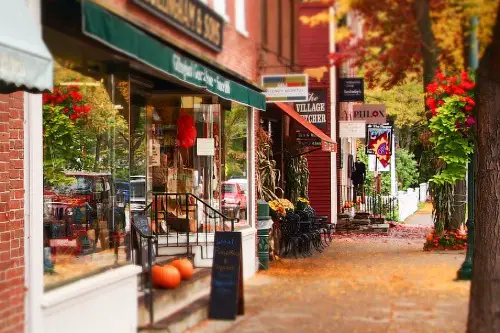
Woodstock bills itself as the quintessential New England village, full of maple syrup stands and postcard-worthy covered bridges. But behind the picturesque barns and rolling pastures, cows rule the landscape—literally. With several working dairy farms operating just outside town, you’ll definitely smell where your cheese comes from. The sweet scent of hay mingles with something much stronger on hot summer days.
Many Airbnb listings conveniently avoid showing proximity to the larger farms, but guests sometimes wake up to bellowing cattle or the unmistakable hum of manure spreaders. Locals are used to the seasonal slurry smell and the occasional escapee mooing down the road. If you book a countryside inn, be prepared to share your morning coffee with a herd just beyond the fence. That rural authenticity cuts both ways.
3. Homer, Alaska
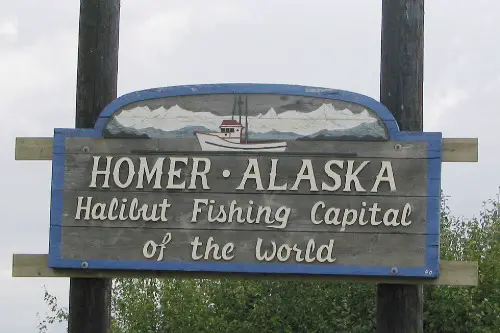
Homer’s reputation as a rugged, artsy town perched on Kachemak Bay draws in travelers chasing wild beauty. But wildlife here isn’t just something you admire from a safe distance—moose regularly wander into backyards, school parking lots, and even supermarket entrances. Locals joke that moose have the right of way, because they absolutely act like they do. They’re not aggressive, but they’re also not afraid of you.
This is also bear country, especially once fishing season kicks in and salmon start running through local streams. Campgrounds near town carry strict bear-safety protocols, and it’s not uncommon for residents to have bear-proof trash bins. That “untamed wilderness” in the tourism materials? It might show up on your porch while you’re sipping your morning coffee.
4. Marfa, Texas
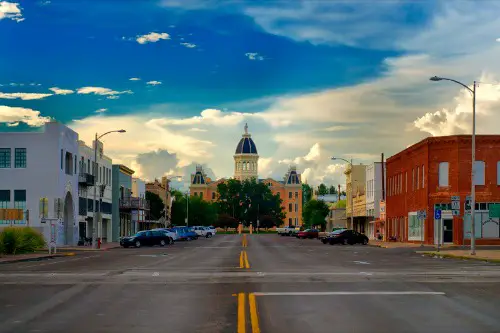
Marfa sells itself as an artsy desert oasis, blending avant-garde installations with big-sky tranquility. But the West Texas scrublands around it are full of free-range cattle, jackrabbits the size of small dogs, and yes—tarantulas during their fall migration. It’s not uncommon to see cows casually crossing the highway or camping out in front of art galleries. The desert may be minimal, but the wildlife isn’t.
Night drives around Marfa can feel surreal, between the famous Marfa Lights and the occasional herd wandering into the road. Locals recommend checking your boots before slipping them on—scorpions like to hide. The wide-open space looks empty until something skitters across it. For a town obsessed with aesthetics, nature here doesn’t always follow the design plan.
5. Lancaster, Pennsylvania

With its charming Amish country scenes and handmade crafts, Lancaster projects an idyllic pastoral image. But many forget that it’s also a working agricultural zone—and where there are horses, there’s horse manure. Visitors are often surprised to find roads scented with the byproduct of horse-drawn buggies. It’s quaint until your stroll through downtown gets interrupted by the smell of fresh droppings.
Local businesses do their best to clean up, but in rural areas, the reality is harder to manage. Chickens, goats, and other livestock are common backyard features—not just part of a petting zoo. And don’t be shocked if a passing buggy kicks up more than just dust. It’s a living, breathing farm community beneath the veneer of tourism charm.
6. Asheville, North Carolina
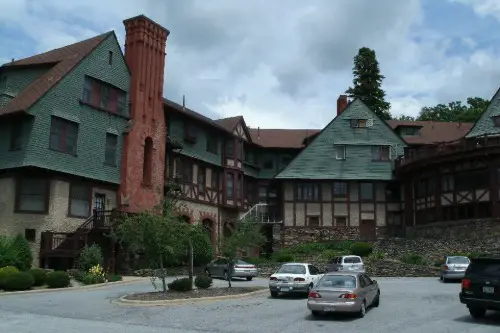
Asheville sells mountain serenity and a booming arts scene, nestled in the lush Blue Ridge Mountains. But the city’s proximity to Pisgah National Forest and surrounding wilderness means that black bears are frequent visitors. Locals know better than to leave trash outside—or food in the car. One bear even made headlines for entering a downtown bakery in 2022.
The city has an official BearWise program because the issue is so persistent. Newcomers often mistake a bear sighting for a rare treat, but for residents, it’s more of a daily reality. Bird feeders, compost bins, and even grills are bear magnets. So yes, you’ll get the forest escape—but the forest might follow you home.
7. Stowe, Vermont
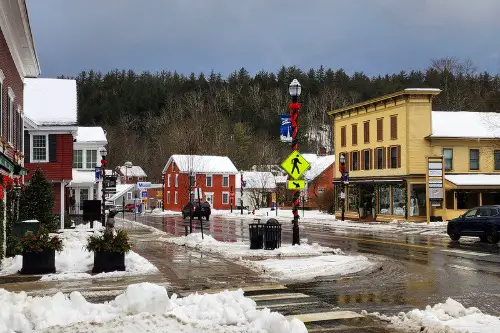
Stowe offers world-class skiing, covered bridges, and sugar shacks that ooze maple syrup vibes. But the farms surrounding the town are home to sheep, cows, and the occasional aggressive turkey. One resident went viral for recording a wild turkey chasing his truck down a country road. And when breeding season hits, turkeys become more territorial than you’d expect.
Wildlife isn’t just something you see from a hiking trail—it often comes right up to the patio. Locals have had to “shoo” moose and deer out of their vegetable gardens with everything from pans to air horns. There’s charm in living close to nature, sure—but sometimes nature gets too close. If you’re planning a peaceful cabin stay, bring earplugs and maybe a broom.
8. Jackson, Wyoming
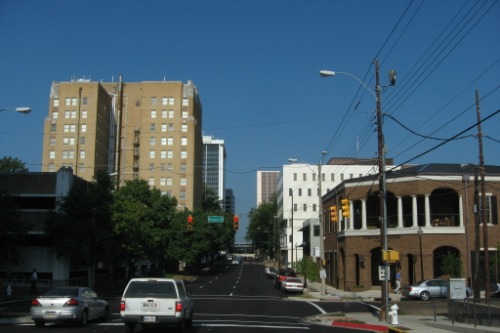
Jackson looks like a perfect blend of cowboy culture and resort luxury, and it certainly markets itself that way. But wildlife is more than a scenic bonus—it’s a full-time presence. Elk migrate through town each winter, and moose sightings aren’t just likely, they’re expected. In fact, a moose once wandered into a local hospital parking lot.
The nearby National Elk Refuge brings tens of thousands of elk within city limits, and that means plenty of droppings and occasional traffic jams. Bears and wolves from Grand Teton and Yellowstone occasionally come closer than you’d think. Wildlife crossings and warning signs are everywhere, and many hotels offer bear spray rentals. The line between “wilderness” and “town” is razor thin—and often crossed.
9. Montpelier, Vermont
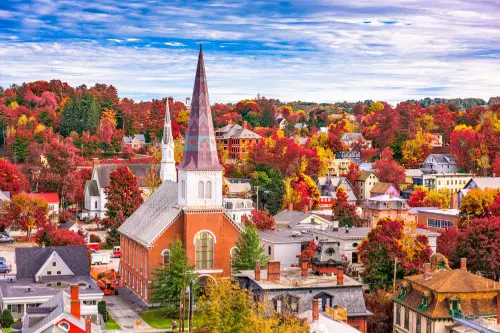
As the nation’s smallest state capital, Montpelier sells its walkable charm, historic buildings, and old-fashioned hospitality. But step outside city limits and you’re just as likely to encounter a porcupine as a politician. Residents frequently report skunks waddling through yards and raccoons rifling through compost bins. The town’s small size doesn’t keep the wild out—it invites it in.
In winter, deer often take over suburban roads, searching for salt and easy food. One grocery store even had to install a barrier to keep animals from browsing the produce displays near the windows. Even with its government status, Montpelier is still a country town at heart. And in country towns, the animals don’t need an invitation.
10. Taos, New Mexico
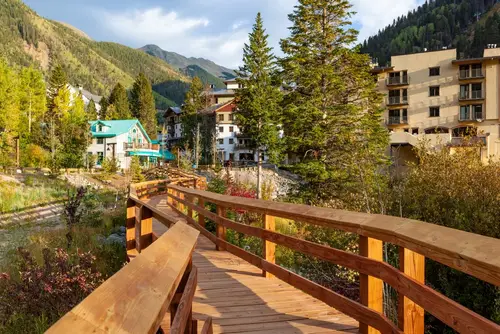
Taos attracts artists, skiers, and off-grid dreamers with its adobe charm and high desert scenery. But it’s also home to plenty of coyotes, bobcats, and even the occasional mountain lion. Locals know not to leave pets unattended outside—even during the day. Coyotes roam freely through the sagebrush and sometimes right down residential roads.
The area’s dry climate also brings in rodents, snakes, and scorpions that find their way into basements and sheds. Some artists joke that their studios double as wildlife sanctuaries. The animal encounters may not make it onto the tourism flyers, but they’re part of the daily rhythm here. It’s wild west energy, literally.
11. Galena, Illinois
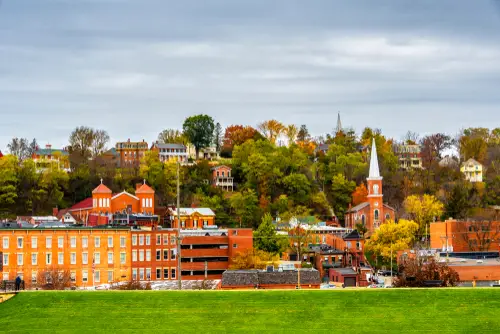
Galena’s 19th-century architecture and Mississippi River views make it feel like a time capsule. But nearby wooded areas and farms keep it crawling with critters—particularly deer, raccoons, and opossums. Drivers are constantly on alert for deer dashing across roads, especially around dusk. Even in town, you might catch a whiff of skunk if the wind shifts.
Local gardeners often build elaborate fencing to keep animals from eating everything in sight. Galena’s charm is partly due to its untouched feel—but that also means sharing space with a lot of wildlife. Locals are used to banging pots or setting motion-sensor lights to scare off hungry visitors. That “storybook town” feel? It’s got some animal antics behind the scenes.
12. Lanesboro, Minnesota
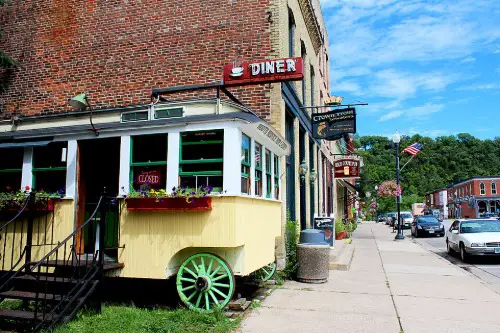
Lanesboro is one of those under-the-radar gems that prides itself on being a “bed-and-breakfast capital” in a quiet river valley. What the brochures don’t highlight are the bats—yes, bats—that frequent old barns and historic buildings. Several inns have had to install bat-proofing after guests reported midnight visits. They’re mostly harmless, but still startling when swooping overhead.
The nearby Root River also attracts clouds of insects in warm weather, which brings in even more bats and birds. On the ground, it’s not uncommon to see foxes or even feral cats patrolling alleys. The town is peaceful, yes—but it’s alive in more ways than one. The charm comes with a bit of fluttering and furry reality.
This post 12 Towns That Market “Rural Charm”—But Forgot to Mention the Animals was first published on American Charm.


